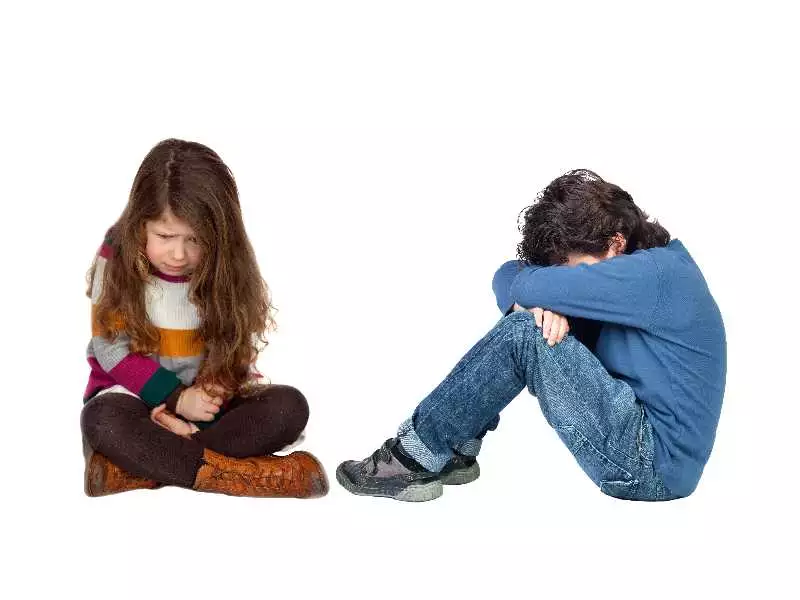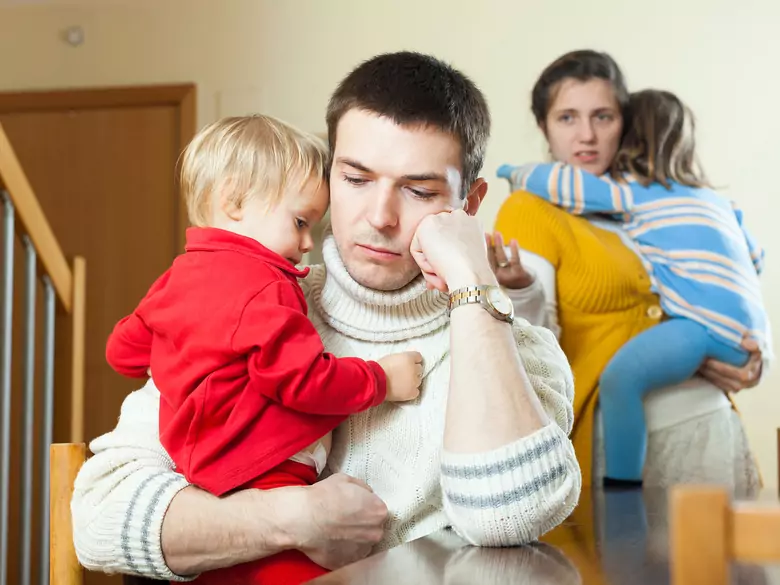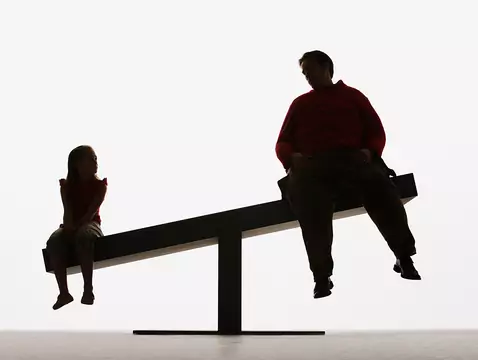Anxiety disorders are one of the most common psychiatric disorders. They are more common in women than in men. Unfortunately, they can also affect children. Can the way they are brought up contribute to their development?
Although feelings of anxiety are experienced by everyone, severe anxiety that prevents a person from functioning on a day-to-day basis is classified as a disease entity. Anxiety disorders are prolonged states of anxiety that negatively affect all spheres of life: family, work and social. We can distinguish among them:
- phobias,
- panic,
- generalised anxiety disorders,
- obsessions,
- post-traumatic disorders.
Sources of anxiety in children
As the child grows, the dominant sources of anxiety change. At 6 months, the child is afraid of sudden stimuli, such as the loss of safe body support or a loud sound. In 2-year-olds, anxiety is mainly auditory: thunder, shouting, a hoover. A 3-year-old child is mostly afraid of strange places and people, the dark and animals. Most sources of fear, however, occur at pre-school age, which is linked to a strongly developing imagination. After entering school age, fears are related to social situations: self-esteem, achievements or one's own appearance.

photo: pantherstock
Symptoms of anxiety disorders in children
Children are unable to recognise or communicate prolonged anxiety. However, its signals are easy for parents or carers to observe. These include numerous somatic symptoms: headaches, abdominal pain, diarrhoea, vomiting, dizziness and even fainting. The child has low self-esteem and often dwells on everyday situations, fearing failure or misfortune. Sleep disturbances, such as repeated nightmares, are also a common symptom.









